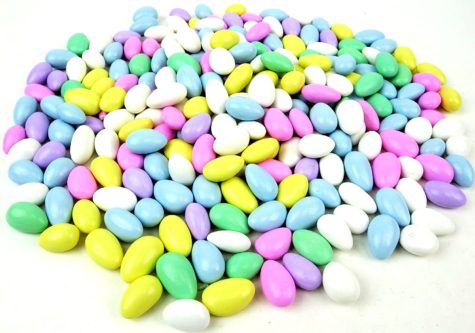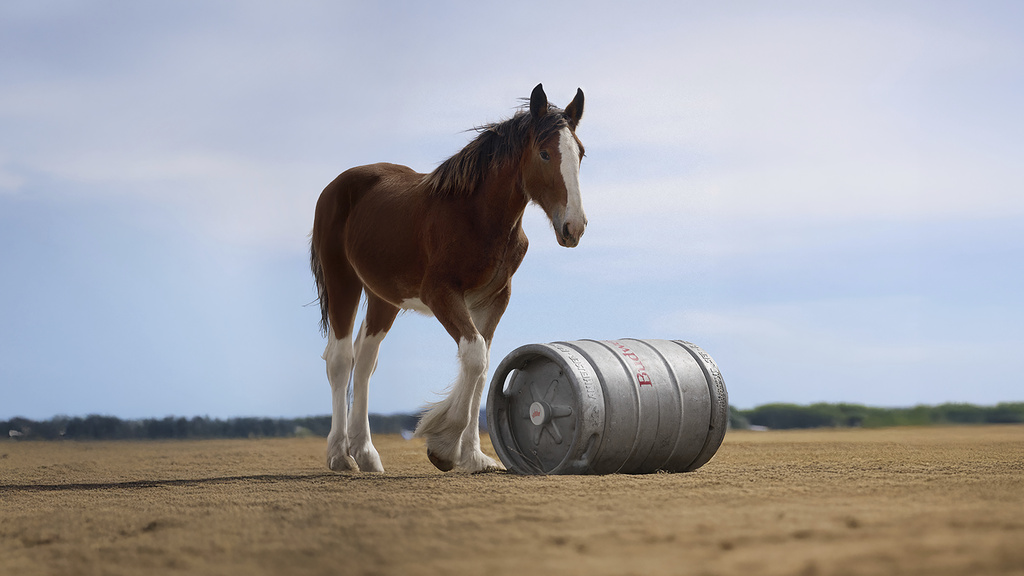Once a year, as shoppers stroll the aisles of the supermarket, they’ll find Easter’s most renowned candies. These sweets never fail to serve their iconic purposes and traditions, but where did they come from and how did they start?
Jordan Almonds
A dragée, also known as a Jordan Almond, is a bite-sized form of candy with a hard outer shell. In its most classic form, it is covered in a sugar-like formula and results in different colors. In addition to food, they are used for decorative, medicinal, or symbolistic purposes. Jordan almonds are thought to have originated in ancient Rome, where honey-covered almonds were introduced by a Roman baker and confectioner named Julius Dragatus. His confections were called dragati and served for nobility at weddings and births. The colorful almonds are popular at Easter time.

Peeps
Peeps are marshmallows shaped into chicks and bunnies that can often be found in Easter baskets. They have been around since their introduction in 1953. They are produced by Just Born, a candy manufacturer that was founded in Bethlehem, Pennsylvania by a Russian immigrant named Sam Born. In 1953, Just Born acquired the Rodda Candy Company and its marshmallow chick line. Just Born has since become the largest marshmallow manufacturing company in the world.

Whoppers Robin Eggs
Sometime between 1950 and 1952, The Hershey Company introduced an egg-shaped candy called Mini Robin Eggs for Easter. They are colorful and have a speckled candy shell, however, they taste the same as the traditional whopper candies you’ll find in stores year-round. You can only find Robin Eggs on the shelves at Easter time. They are to this day still a popular favorite among many.

Cadbury Creme Egg
In 1831, a man named John Cadbury opened up a chocolate and cocoa factory with his brother in order to produce drinking chocolate. In 1847 Joseph Fry, a competitor of Cadbury’s, began experimenting with making moldable chocolate bars. This sparked Cadbury’s own experimentation and interest in moldable chocolate. In 1875, Cadbury created the first chocolate egg.
By 1919, Cadbury and Fry decided to merge their companies, and in 1923, they created the very first chocolate eggs filled with creme, known today as Cadbury creme eggs.

Chocolate Easter Bunny
Many people traditionally would abstain from sweets, such as chocolate, during Lent in France and Germany. Therefore, French and German chocolatiers saw a business opportunity and came up with producing chocolate eggs and bunnies on Easter. They saw this as a way for people who practiced Lent to reward themselves after it ended. In America, in 1890, a Pennsylvania man, who owned a drug store, went down in history as the “father of the chocolate Easter bunny.” This title came after he displayed a five-foot-high chocolate bunny at his shop as an Easter promotion. After this, sales of chocolate Easter bunnies took off. Over 90 million chocolate Easter bunnies are produced every year; most of which are hollow. However, almost all chocolate bunnies used to be sold as solid pieces. This was until World War II when the War Production Board put mandatory rations on chocolate and cocoa. Because manufacturers had to ration chocolate, they improvised by making bunnies hollow.

Reese’s Peanut Butter Eggs
Reese’s Peanut Butter Eggs were placed on the market as a test in 1966 in the state of Pennsylvania. That test was a huge success and the following year, America was able to purchase and enjoy a now Easter candy classic.

_____
For more information or news tips, or if you see an error in this story or have any compliments or concerns, contact editor@unfspinnaker.com.
















